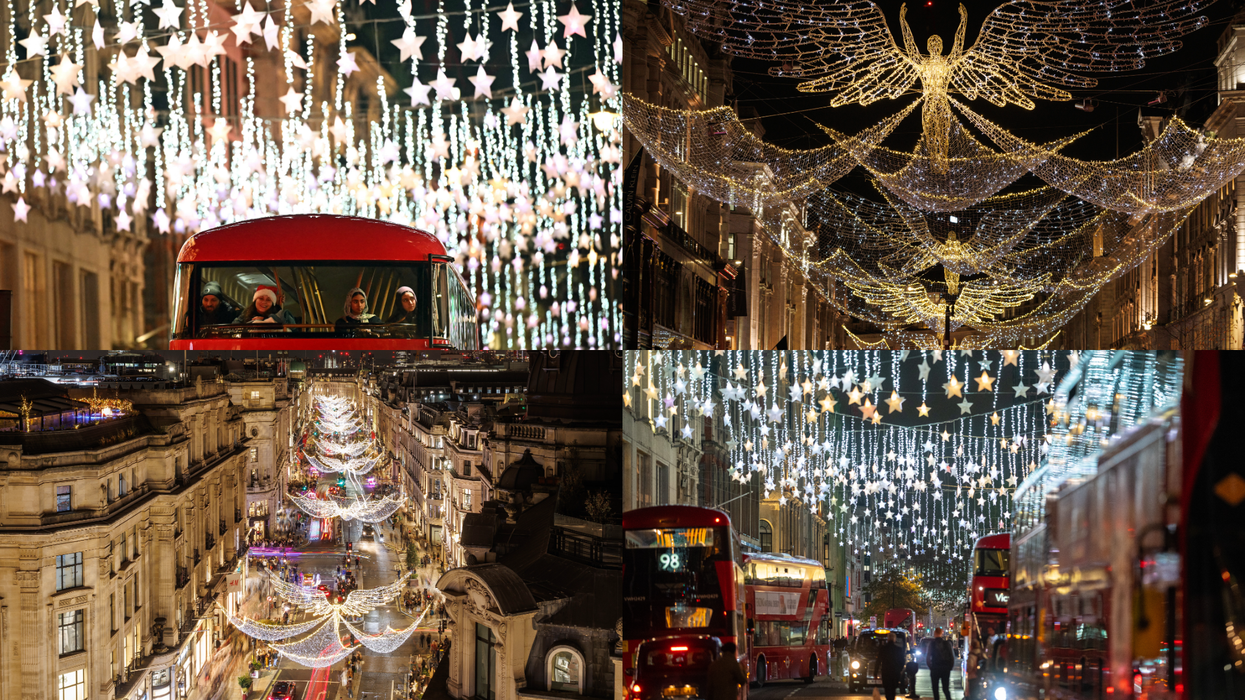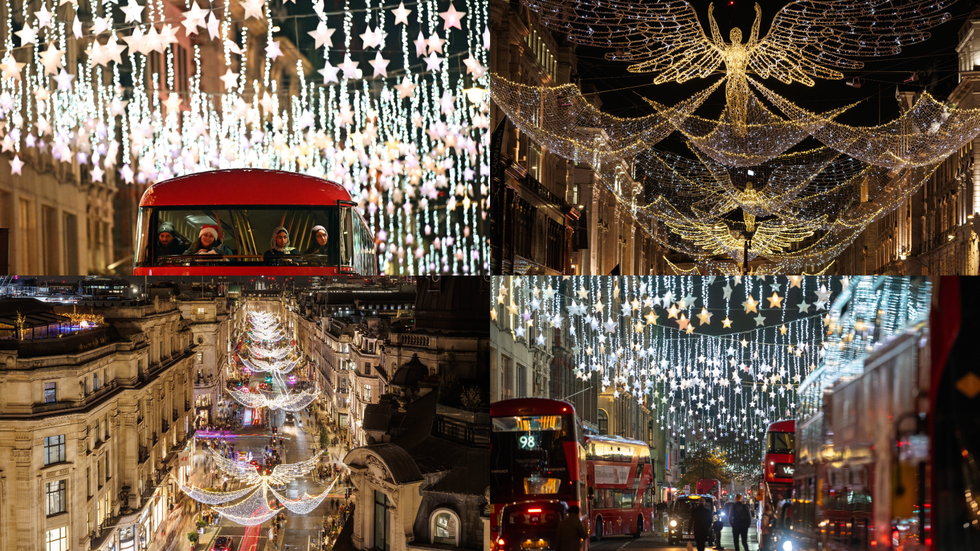ACTOR Saif Ali Khan takes the lead role in the Bollywood remake of Hollywood hit Chef. He portrays a divorced and disillusioned chef who gets a chance to bond with his young son during a road trip across India in a food truck.
Director Raja Krishna Menon has adapted the acclaimed original for an Indian audience. “I saw the original, which I thought was very nice, but an Indie kind of film. I don’t want to say a small film, but it’s not a big studio commercial kind of movie. It seems like a film made out of love for cinema and food by Jon Favreau, who is a wonderful director. When Raja adapted this movie, I was happy to see that it’s a wider cinematic experience. Apart from being a father-son story it’s a satisfying cinema experience and broader film I feel,” said Saif.
The actor describes the Indian remake of Chef as a pan-Indian movie that caters for different emotions and captures the different flavours of the country because it has been shot in various cities with their own distinct cultures. “It’s a father-son story, it’s about losing passion for work, losing your balance in life and through your work getting that balance back and fixing your personal problems,” said Saif.
The popular star points out it is an Indian adaption and not a straight remake of the 2014 hit Hollywood film. He explained it’s about a chef refiguring his passion for life and cooking. Saif learned to cook for the role and prepared every day for a month by working with top chefs at a famous five-star hotel. “Raja wanted me to be comfortable in the kitchen with all aspects including the high-pressure woks and fires. I think one of the main things was learning the chopping, which took some time. It was great fun. I really enjoyed cooking and learned some new things. I cook at home now. I think it’s a very therapeutic and relaxing thing to do. I look forward to cooking even more,” said Saif smiling.
Chef showcases various cuisines and increased Saif’s appreciation for food, which he thinks many people take for granted. Cooking is much like a science, he says, because of the fascinating combinations it offers and opportunity to make new discoveries. He hopes people will take more time to think about those who cook their food. Asked about his own signature dish, Saif smiled: “My favourite thing to cook is spaghetti. I still can’t cook Indian food very well. Spaghetti is easy, but it is fattening so my wife doesn’t let me cook it very often or she doesn’t eat it. I end up eating it myself.”





 The Christmas light walks in central London that still feel festive Getty Images
The Christmas light walks in central London that still feel festive Getty Images 





